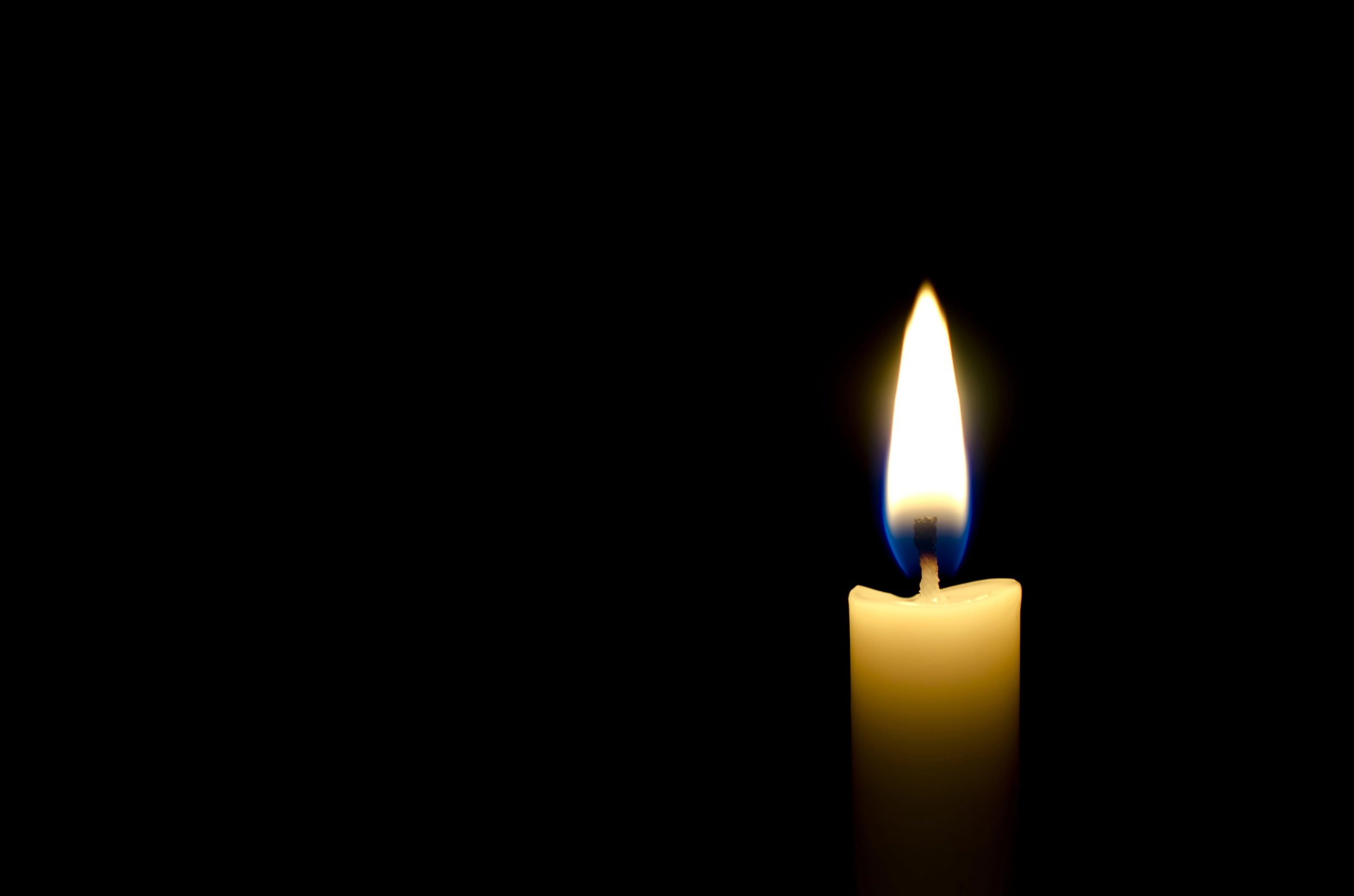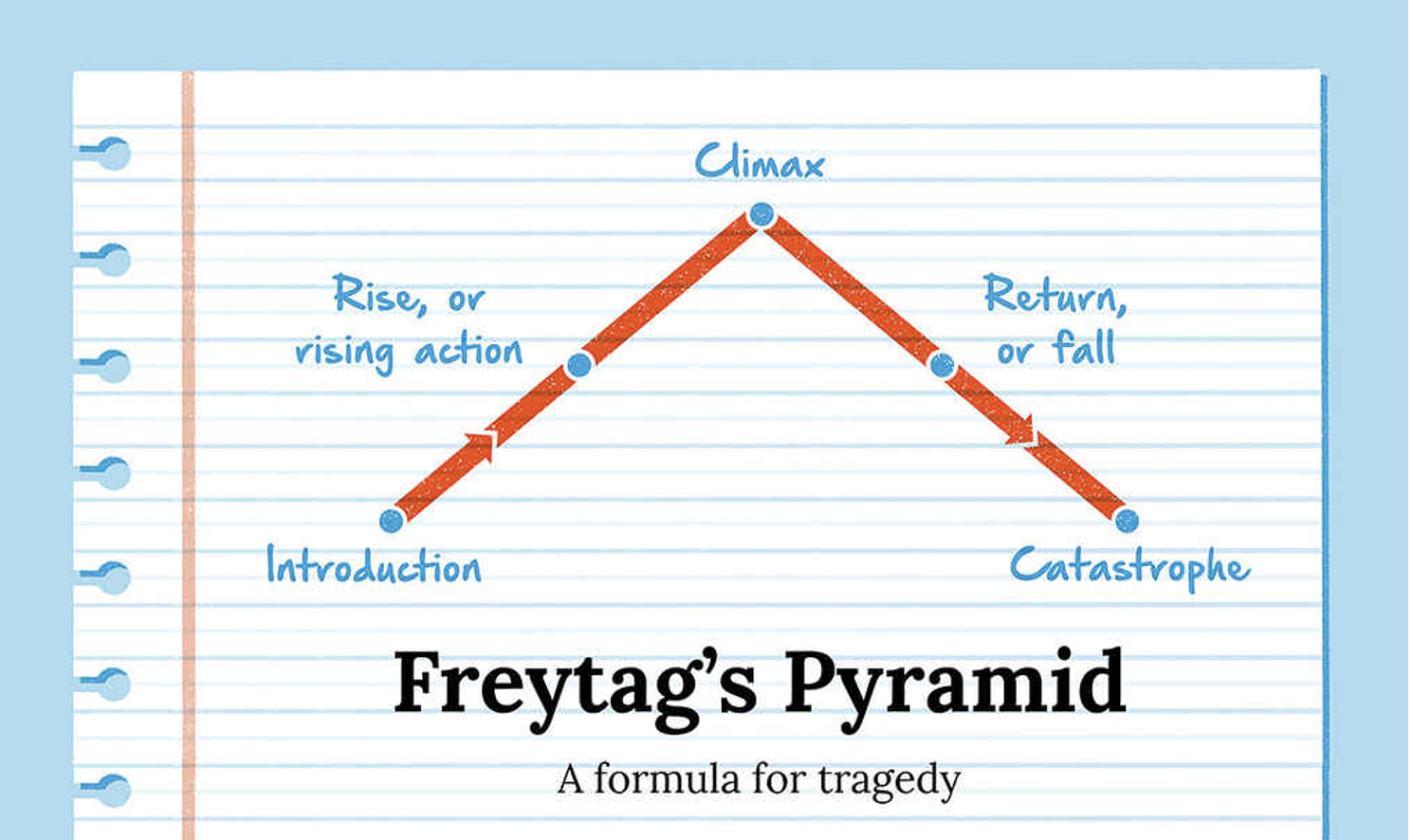The Conventions of the Horror Genre.
Pauline J. Grabia participates in the Amazon Services LLC Associates Program, an affiliate advertising program, and earns from qualifying purchases from links in this post.
Please subscribe to my email newsletter for updates on my website and blog, and exclusive access to exclusive material in the Subscriber Content page of this website (see menu bar above). New content will be added regularly. You can sign up in the form found in the footer of this page. Thank you!
In Honor of Halloween…
It’s Halloween again, and in the spirit of the season, we will look at the spookiest of all literary genres: Horror. Horror is incredibly popular because, let’s face it, who doesn’t like a good adrenalin rush occasionally? Just walk into a bookstore or swipe through the options on a streaming service, and you will see just how popular this genre is. For a story to be a good horror story, be it a screenplay for a movie or a novel, it needs to follow specific rules and meet certain expectations that readers (viewers) have come to expect from the best of the best. Without these obligatory scenes and conventions, the horror story falls flat. It doesn’t work. The reader closes the book without finishing, walks out of the movie theater, or turns off the TV. This week, we’ll discuss what these essential conventions of a good horror story are and offer examples from Hitchcock’s classic film Psycho. Next week, we’ll conclude our look at the horror genre by examining the obligatory scenes of a great horror story. (Why a film and not a novel, you ask? Simple. In preparation for this blog, it took less time to watch the movie than it did to read a book. Also, I am not a massive fan of the horror genre, so my exposure to horror novels is limited compared to my exposure to movies.)
The horror genre comprises unrealistic stories that defy the laws of physics, logic, and common sense and that fall under the umbrella of fantasy. In his book The Story Grid: What Good Editors Know (Black Irish Entertainment, 2015), Shawn Coyne points out that the core value of the horror genre is that of life and death that goes to the extreme of that which is a fate worse than death. In other words, the protagonist struggles to survive not only with their life intact but also their psyche or soul. The core emotion of the horror story is fear, and the core event is where the victim is at the mercy of the antagonistic force, the monster. In a horror story, the antagonist is critical, and the protagonist fights for their life in response.
We see these conventions in the movie Psycho, directed by Alfred Hitchcock, based on a novel by the same name by Robert Bloch. In Psycho, the struggle is for the guests of Bates Motel to survive and preserve life against the efforts of the monster, Norman Bates/Mother, murdering people for their sins, real or perceived. The story of a psychotic hotel manager murdering his guests is terrifying, and the key event is when Marion Crane is murdered during the infamous ‘shower scene’ by Norman Bates/Mother.
Conventions that readers and viewers of horror expect from a good story include the following:
1. A supernatural, super-evil, irredeemable Monster or Villain.
The villain of the horror story is almost always supernatural in some way and super-evil, too. They cannot be reasoned with. They have one goal in mind—punishment, usually in the form of slaughtering as many people as possible in as little time as possible. Often, the Villain/Monster is a non-human entity, either alien or supernatural, in the same realm as vampires and werewolves. When the Monster is human, they are sociopathic fiends bent on slaughter and mayhem. They are super powerful, super intelligent, and super cunning… the Monster is so much more potent than the Protagonist that it seems almost impossible to survive. In most horror stories, the Monster is kept hidden from the reader/viewer for as long as possible to build suspense.
In Alfred Hitchcock’s classic horror/suspense movie Psycho, the villain is a human Monster named Norman Bates. Norman is a psychotic serial killer who murdered his overbearing, controlling mother and her lover, as well as several other individuals. This list includes Marion Crane, who steals money from her employer and his client and flees to California to start a new life with her lover, Sam. Whether or not Norman is aware of Marion’s sin, he punishes her simply for being attractive and ‘tempting’ him, murdering her in the now famous “shower scene.” Because it is the personality of “Mother” in Norman’s twisted mind who is doing the killing, there is no way to reason with him to stop. His superpower is the element of surprise and complete lack of conscience at the time that he slaughters his victims and his cunning in hiding the bodies in the nearby swamp.
2. The existence of some sin or mistake made by the Protagonist or the World for which the Monster is meting out punishment.
In horror, someone—either the Protagonist or perhaps simply the world—sinned or made a mistake that the Monster punishes through their evil deeds, usually slaughter. In Psycho, the sin of Marion Crane included premarital sex in an age when that was more than frowned upon, as well as the theft of money given to her employer by a client for the purchase of a home so that Marion might start a life with her lover, Sam Daniels. Unknown to Marion, she also commits another sin—tempting Norman Bates with her beauty and vulnerability. For that sin, the psychotic break of Norman’s mind, that is, “Mother,” punishes Marion (like other women it is suggested were killed before her) by murdering her. Then Norman, back in his personality, conceals Mother’s evil deed. But it’s important to note that Norman punished his mother and her lover for their control, abuse, and sexual dalliances by murdering them long before the actual movie begins.
3. The story's setting is in some way eerie, claustrophobic, confining, or entrapping.
The setting of the actual murders committed by Mother/Norman is the isolated Bates Motel on the forgotten highway that leads seemingly nowhere and the maze-like house on the same property with its eerie Gothic vibe and trapezoidal architecture. Other sets in the story are oddly claustrophobic and threatening as well, including the hotel room where Marion and Sam have their rendezvous at the beginning of the movie, the rainstorm that limits Marion’s vision of what lies ahead of her and leads her off course toward the Bates Motel, Norman’s spooky sitting room in the motel with his uncanny stuffed birds everywhere, and Sam’s hardware store with all kinds of tools and implements that could be used lethally.
4. There are ‘shapeshifters’—characters who say one thing and then do another.
These characters may be the Monster, or they may be other characters, but one thing they have in common is that they complicate the Protagonist’s ability to defeat or survive the Monster. In Psycho, the shapeshifter is Norman Bates. He changes his appearance, wearing his mother’s clothing and a wig when he murders as his Mother.
5. The Monster/Villain is praised by one or more of the characters in the story.
Somebody describes how powerful and formidable the Monster is at some point in every horror story. In Psycho, this is done a few times. Norman Bates explains how inescapable and controlling Mother is when discussing her in his study with Marion Crane. The sheriff describes how horrific the murders of Norman’s mother and her lover were. Finally, the psychiatrist, in the movie's resolution, explains how powerful and overwhelming the personality of Mother is over Norman and “her” victims.
6. There is a ticking time clock, some countdown or deadline before which the Protagonist must defeat the Monster, or else they meet a fate worse than death.
In Psycho, the ticking time clock isn’t as apparent as in some other horror stories, but it does exist. After all, it’s only a matter of time before Norman kills another visitor to the Bates Hotel who tempts him or otherwise deserves punishment by Mother. The clock starts when Marion steals the money and runs from Phoenix with it. From that point on, there is a need to find her and the money, which leads Marion’s sister, Lila, to recruit Sam in her investigation into what happened to Marion at the last place she was known to be—the Bates Hotel. They must find out what happened to Marion before the trail goes cold. In this case, the fate worse than death is not knowing—the lack of answers to what happened to their loved one.
7. There is at least one false ending to trick the reader/viewer.
Most horror movies have two endings or scenes where the protagonist finds themselves at the mercy of the Monster. The first one seems to end the story, but just as the reader/viewer settles in for the resolution—bam! The Monster reappears and attacks the protagonist again. After this, the story comes to its conclusion, though evil usually still lurks, ready to resurrect and attack again…later. In Psycho, there is no distinct false ending, which lends the movie to be considered by some to be more of a dark thriller than a true horror. I would argue that the attack on the private detective Arbogast and Sam and Lila’s race to the Bate’s Hotel is this movie’s first ending, followed by the classic revelation of the mummified corpse of “mother” in the cellar and Norman’s final thwarted attack on Lila as the second ending. The creepy explanation of Norman’s psychosis and the existence of Mother in Norman’s psyche completes this second ending. We are also given the impression that despite being caught by the police, the evil with the “Mother” persona continues, as shown in the final image of the car being raised out of the swamp and Norman’s creepy smile superimposed. “Mother’s” rampage has been stopped for now… but there’s no telling for how long. Norman might be freed from psychiatric treatment someday—will Mother be released with him?
All great horror novels and movies have these conventions or expected elements. Without them, the horror story falls flat and isn’t a horror at all. Hitchcock employs these conventions masterfully to create a timeless horror picture.
Next week, we’ll complete our look at the horror genre by discussing the obligatory scenes in all horror novels and screenplays.
Thank you again for reading! Do you love horror stories? Which are your favorites? Have I left out any elements of horror that you feel should make the list? Please let me know your thoughts in the comments section below.
Please subscribe to my email newsletter. By subscribing, you will receive advance notice of upcoming blog posts, news updates about my website and publishing journey, and exclusive content available only to subscribers on my Subscriber Content page. This content currently includes the Prologue and Chapters Eleven through Twenty-Five of my novel Filling the Cracks, the first ten chapters available to the public on my blog. If you want to read the novel's conclusion, subscribe! You can begin with Chapter One here if you haven’t read Filling the Cracks.
Thanks again for reading! Check out my social media accounts and return for another informative post next week. God bless you richly!





In previous posts, we have explored various forms of story structure, including Freytag’s Pyramid, the Fichtean Curve, and the Hero’s Journey. Each of these is an effective story structure for a writer, depending on the narrative. The Three-Act Story Structure is one of the most used story frameworks in literature and film. This structure divides the story into three main sections or acts: Act 1, the Setup (or Beginning); Act 2, the Confrontation (or Middle); and Act 3, the Resolution (or Ending). This will not be a comprehensive exploration of the three-act structure, as there are other blogs listed at the end that do a much better job than I could of deeply examining the elements of this structure.